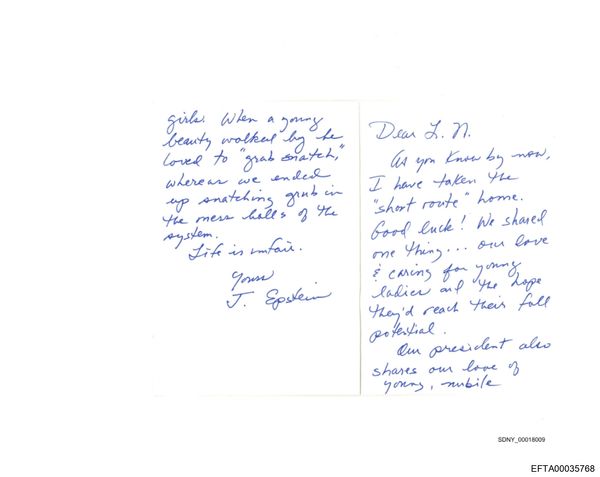
Food additives are everywhere. They keep our snacks fresh, make colors pop, and help foods taste better. But not every additive you see on a label today was always allowed. Some of these ingredients were banned or restricted for years. Now, after new research or changes in regulations, they’re showing up in your grocery cart. This matters because what goes into your food affects your health, your choices, and your wallet. Knowing which food additives are new to the market can help you make smarter decisions at the store.
Here are ten food additives that weren’t allowed until recently, what they do, and what you should know before you buy.
1. Allulose
Allulose is a low-calorie sweetener that tastes like sugar but has almost no calories. For years, it wasn’t allowed in many countries because it’s rare in nature and hard to produce. Now, the FDA says it’s safe, and you’ll find it in protein bars, yogurts, and even some sodas. Allulose doesn’t raise blood sugar, so it’s popular with people watching their carbs. But it can cause stomach upset if you eat too much. If you see allulose on a label, start slow and see how your body reacts.
2. Titanium Dioxide
Titanium dioxide is a white coloring agent. It makes foods like candy, frosting, and chewing gum look bright and clean. The EU banned it in 2022 over safety concerns, but the FDA still allows it in the US. This food additive was off-limits in some places for years, but now it’s back in many products. Some people worry about its long-term effects, so if you want to avoid it, check ingredient lists for “titanium dioxide.” Read more about titanium dioxide safety.
3. Steviol Glycosides (from New Stevia Varieties)
Stevia has been around for a while, but only certain types were allowed. Now, new forms called “steviol glycosides” from different stevia plants are approved. These new versions taste less bitter and blend better in foods. You’ll see them in drinks, baked goods, and even salad dressings. If you’re sensitive to aftertastes, these new stevia additives might be worth a try.
4. Monk Fruit Extract
Monk fruit extract is another sweetener that wasn’t widely allowed until recently. It’s hundreds of times sweeter than sugar and has no calories. The FDA gave it the green light in the last decade, and now it’s in everything from ice cream to ketchup. Monk fruit is a good option if you want to cut sugar but still want sweetness. Just know that some products mix it with other sweeteners, so always check the label.
5. Propylene Glycol Alginate
Propylene glycol alginate is a thickener and stabilizer made from seaweed. It was restricted in some countries due to concerns about its chemical makeup. Now, it’s approved in the US and many other places. You’ll find it in salad dressings, beer foam, and dairy products. It helps keep textures smooth and prevents separation. If you have allergies or sensitivities, it’s smart to look for this food additive on labels.
6. Calcium Propionate
Calcium propionate keeps bread and baked goods from getting moldy. It was banned in some countries for years, but new studies show it’s safe in small amounts. Now, it’s common in store-bought bread, tortillas, and pastries. If you want to avoid preservatives, look for “calcium propionate” on the ingredient list and choose fresh or homemade options instead.
7. Polysorbate 80
Polysorbate 80 is an emulsifier that helps oil and water mix. It was once restricted because of concerns about allergies and gut health. Now, it’s allowed in many foods, including ice cream, sauces, and pickles. Some people still avoid it due to possible digestive issues. If you have a sensitive stomach, you might want to limit foods with this additive.
8. Sucralose
Sucralose is a zero-calorie sweetener better known as Splenda. It wasn’t allowed in the US until 1998, and some countries held off even longer. Now, it’s in diet sodas, sugar-free gum, and even baked goods. Sucralose is much sweeter than sugar, so only a little is needed. Some people report headaches or digestive issues, so pay attention to how your body responds.
9. BHA (Butylated Hydroxyanisole)
BHA is a preservative that keeps fats and oils from going rancid. It was banned or limited in some countries due to cancer concerns. The FDA now allows it in small amounts, and you’ll find it in chips, cereal, and snack foods. If you want to avoid BHA, look for “BHA” or “butylated hydroxyanisole” on the label. See more about BHA and food safety.
10. Natamycin
Natamycin is an antifungal used to keep cheese and baked goods fresh. It was only allowed in a few countries until recently. Now, it’s approved in the US and EU. Natamycin helps prevent mold without changing the taste of food. If you’re looking for fewer preservatives, you might want to check for this food additive on cheese and bread labels.
What This Means for Your Grocery Cart
Food additives change all the time. What wasn’t allowed yesterday might be in your food today. Some of these new food additives can help keep food fresh or lower sugar, but they can also cause reactions in sensitive people. Always read labels and know what you’re eating. If you have allergies or want to avoid certain ingredients, stay informed. Your choices at the store matter for your health and your family.
Have you noticed any new food additives in your favorite products? Share your thoughts or experiences in the comments below.
Read More
5 Secrets to Using Your Kitchen More and Eating Out Less
10 Reasons Why Aldis Is the Best Grocery Store Ever
The post 10 Food Additives That Weren’t Allowed Until Recently appeared first on Grocery Coupon Guide.







